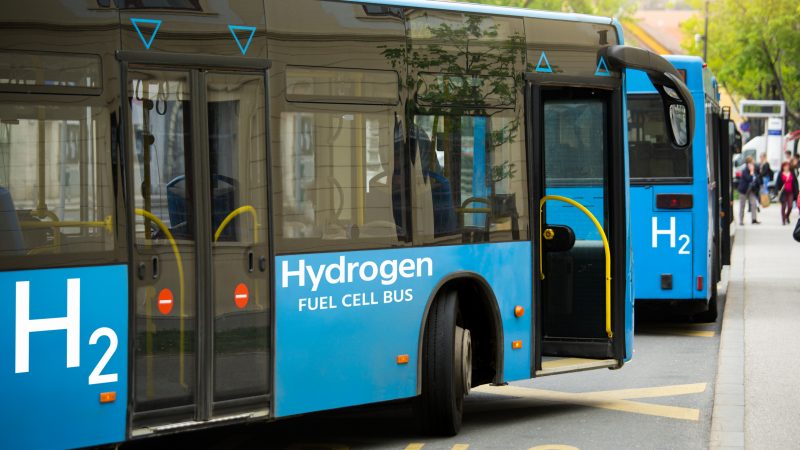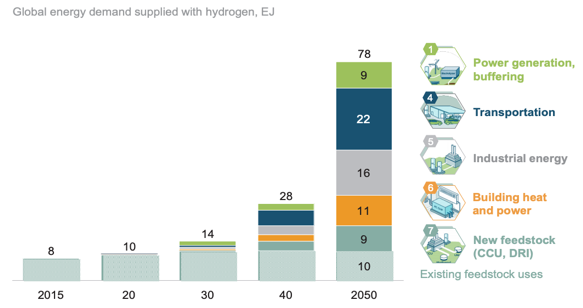The last few years have been challenging for the world of logistics. It is well known that digitalization and technological advances have changed the way we do things from one end to the other, and even more so in the logistics sector, where globalization has a strong impact. Therefore, many of the trends in logistics are influenced by these and can be considered guidelines for our following strategies before the end of the year.
- Increased demand for 3PL and 4PL services
According to various experts at McKinsey & Co, the global market for logistics providers will reach $1.1 trillion in the next six years. Therefore, those 3PL companies that provide warehousing in multiple locations will be in greater demand. This would mean efficient last-mile logistics with more services and much faster.
- The need for specialized personnel
For some years now, the skill set required for people to work in the logistics sector has been focused on the latest technologies. Therefore, some of the most sought-after profiles will be experts in process automation, Big Data, and AI. The most valued profiles will be those who can develop intelligent environments using IoT and bring differential value to the organization. - The capacity crisis will continue
At the moment, there is too much demand and too little capacity. This crisis has been looming for years and has only been exacerbated by the growth in shipping volumes due to the COVID-19 pandemic and the holidays during the last months of the year. It will take time for capacity to catch up with demand. Companies will need to make the most of their power by closely monitoring asset utilization and prioritizing shipments, where good shipment management will determine the survival of freight forwarders. - Mergers and acquisitions will increase
Both carriers and customers invest in visibility through mergers and acquisitions, expanding vertically and horizontally. Currently, transaction value increased by 86% year on year in the second half of 2021. A clear example is the acquisition of Senator International by Maersk, a German freight forwarder with almost 40 years in the market. - Increased investment in infrastructure
New ships, trains, aircraft, and ports are needed. If we could complete and build the supply chain infrastructure overnight, it would alleviate much of the capacity crisis. Still, unfortunately, it will take time to catch up with the infrastructure we need.
However, we can take hope that actions are being taken at different strategic points to drive this forward. Smart ports are booming, and there are more and more industrial developments in ships and machinery. This is closely linked to new regulations on environmental protection and green logistics. For the time being, although it is a move that is already in action, we must work as best we can with what we have and wait for the investments to come.
There are still several points to work on, but these trends in logistics are just around the corner, and it will be vital for our survival to take them into account. The good news is that according to BCG, the response to these trends in 2022 has been more favorable than estimated, and we are likely to be able to cope with today’s system.



